When was the last time you had a shoeshine at a shoeshine stand? I am talking about an honest to goodness, real shoeshine. The kind you get in a hotel or an airport or in a fancy department store.
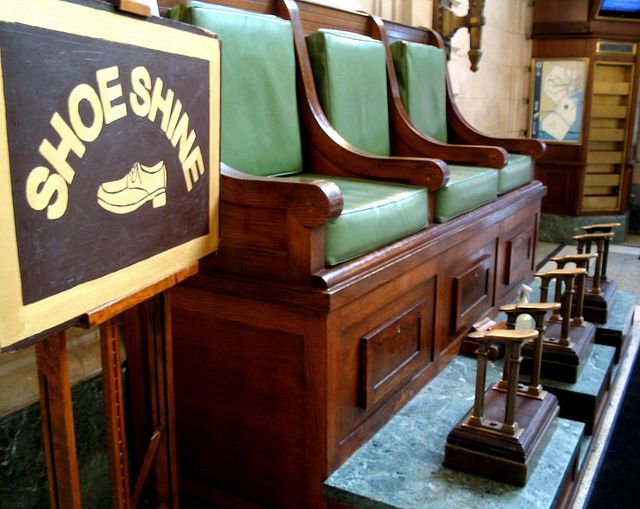
For me it has been years since I got one. But that all changed a week ago when I was in the Denver airport.
On my way to my plane’s gate, I passed a shoeshine stand, which was stationed right in the middle of the concourse. With plenty of time before my plane was scheduled to start boarding passengers, I decided that I would, after years of not doing so, get my shoes shined professionally.
Three things drew me to this. One, my dark, black work dress shoes needed to be shined, and badly. I am embarrassed to admit that I have not shined them for years. Two, there were two chairs in the shoeshine stand and one was empty. And three, the shoe shiner was a woman – a cute, petite African American woman of, I would guess, 25-30 years of age.
I took my seat, positioned my shoes on the heel stands, and let Charlene go to work on my two shoes.
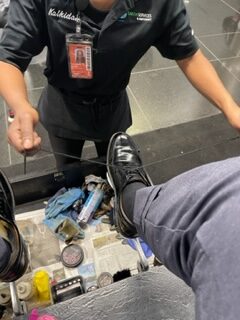
I was surprised by several things. One, first thing she did was untie my shoelaces. But, she did more than that. She took my laces off entirely. Holy cow, I said to myself, this is serious.
Second, she approached the job with enthusiasm and yet with a very serious demeanor. I could tell that she took her job seriously.
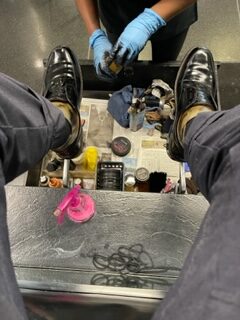
Next, she wrapped my ankles with some sort of stiff paper to, I’m presuming, prevent any polish getting on my socks.
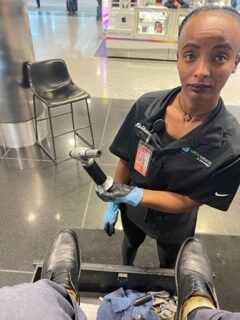
This was not all. After many minutes of hard work on her part, Charlene looks up at me with her big, beautiful eyes and asks me if I mind if she uses a torch. A torch! I say to myself. What in the world would you need a torch for, I ask. She showed me the torch. She turns it on, and blue fire streams from it. It was a real torch.
She says that she uses the torch to heat up the leather in my shoes so that the pores in the leather will open and therefore absorb the polish more easily.
The idea of using a torch to polish my shoes throws me a little bit, but in the end, I nod my head, assenting to her request.
Here’s the process she followed:
- Cleaning: My shoes are cleaned thoroughly to remove any dirt, dust, or old polish. This was done using brushes, damp cloths, and specialized cleaning solutions.
- Heating: She then used a torch or heat gun to gently warm the surface of the leather. This heat helped to open up the pores of the leather, making it more receptive to the polish.
- Polishing: After heating the leather, she applied polish using a brush or dauber. The heat helped the polish to penetrate deeper into the leather, resulting in a more even and long-lasting shine.
- Buffing: Once the polish has been applied, the shoes were buffed using a soft cloth or brush to remove any excess polish and to bring out the shine.
In addition to the torch, I marveled at the other tools she used, including:
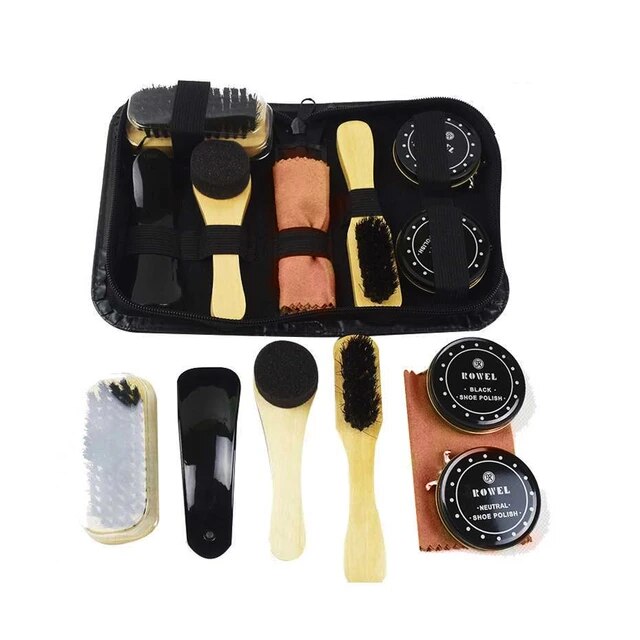
- Brushes: Different types of brushes are used for cleaning and polishing shoes. Horsehair brushes are commonly used for buffing and applying polish, while stiffer brushes may be used for removing dirt and debris.
- Polish: Shoe polish comes in various forms, including wax and cream. It’s used to nourish the leather, add shine, and provide a protective layer.
- Cloths: Soft, lint-free cloths are essential for applying polish and buffing shoes to a shine.
- Applicators: Daubers or small brushes are used to apply polish to the shoes evenly.
- Conditioners: Leather conditioners are used to moisturize and protect the leather, keeping it supple and preventing cracking.
- Water and Sponges: Water may be used sparingly to help with the application of polish, and sponges or damp cloths can be used for cleaning.
I did some research on the history of shoe shining, and it turns out that there is a rich history that dates back centuries.
- Ancient Origins: The practice of shining shoes can be traced back to ancient civilizations. In ancient Egypt, people used a paste made from animal fats to polish their footwear.
- Medieval Europe: During the Middle Ages, the nobility and wealthy individuals would employ servants to polish their shoes, often using a mixture of wax and animal oils.
- Industrial Revolution: The Industrial Revolution brought about significant changes in shoe manufacturing and materials. With the rise of leather shoes, there was an increased demand for shoe shining services to maintain their appearance.
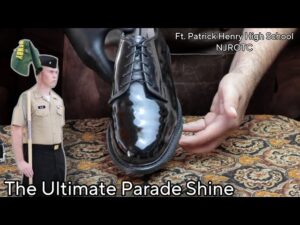 Shoe Shine Stands: In the late 19th and early 20th centuries, shoe shine stands became a common sight in urban areas. These stands were often operated by African American entrepreneurs and became important hubs for social interaction.
Shoe Shine Stands: In the late 19th and early 20th centuries, shoe shine stands became a common sight in urban areas. These stands were often operated by African American entrepreneurs and became important hubs for social interaction.- Military Influence: Shoe shining became particularly prominent in military settings, where soldiers were required to maintain their footwear for both practical and aesthetic reasons. This tradition continues in many military forces around the world today.
- Pop Culture: Shoe shining has been featured in various forms of popular culture, from classic films like “The Godfather” to songs like “Shoe Shine Boy” by Louis Armstrong.
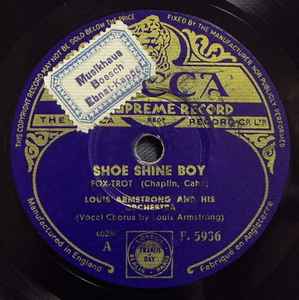
Historically, shoeshine stands were a common sight in many cities and towns across the United States, particularly during the mid-20th century when polished shoes were a staple of professional attire for many individuals. Shoeshine stands were often located in train stations, airports, business districts, and other high-traffic areas where professionals would frequent.
However, with the rise of more casual dress codes in the workplace, the decline of traditional industries such as manufacturing and finance, and the advent of shoe materials that require less maintenance, the demand for shoe shining services has diminished over time. Additionally, the proliferation of inexpensive disposable footwear has further reduced the need for regular shoe maintenance.
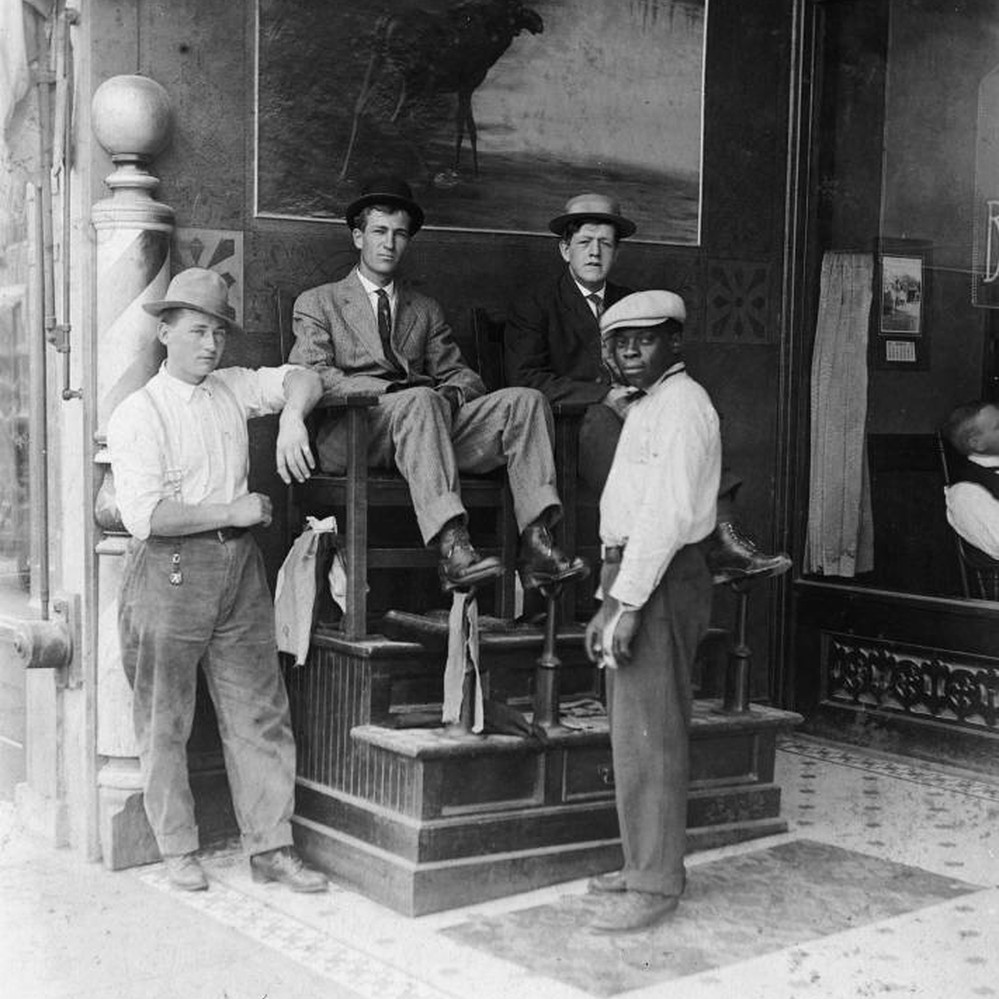
While the traditional shoeshine stand may not be as prevalent as it once was, there are still pockets of demand for shoe shining services in certain urban areas and among specific customer segments. The industry has evolved and adapted to changing consumer preferences, but its presence in American culture endures, albeit in a more limited capacity.
Bottom line, I am so glad that I stopped to get my shoes shined at a shoeshine stand. It stimulated me to understand the history and tools of shoe shining, but, more importantly, I can now better appreciate the craftsmanship and skill involved in this traditional service.
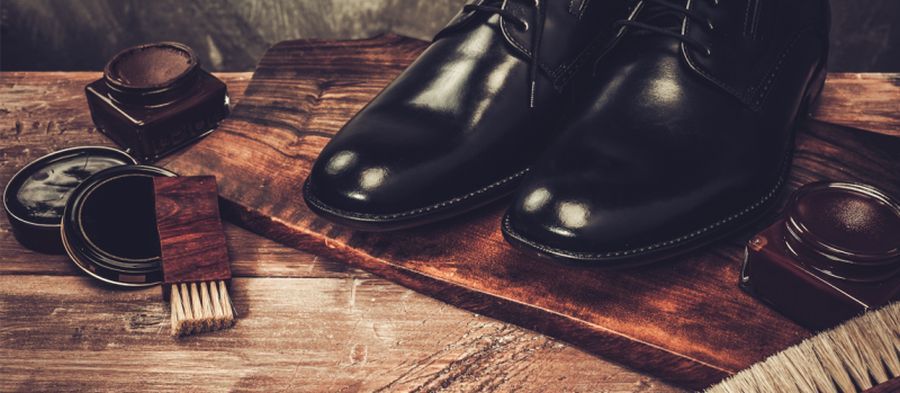
I saw the photo and recognized it immediately! 12OCT I too had mine shone there returning from visiting our Granddaughter. The stand is set so prominently it cannot be missed. The chairs are back to back and the chap on the one side was busy so he referred me to the one on the other side.
Interestingly he was very specific in his enquiry as to when I was to fly. I told him and since no other customer appeared he seemed to stretch the job out for 20 minutes or more consuming most of my free time (way more than the other shines I’ve ever had over the years). Great marketer.
I too was blown away at how meticulous he was. By far the best shine I’ve had in my 80 plus years!
I highly recommend this mile high service.
I am astonished you still own dress shoes.